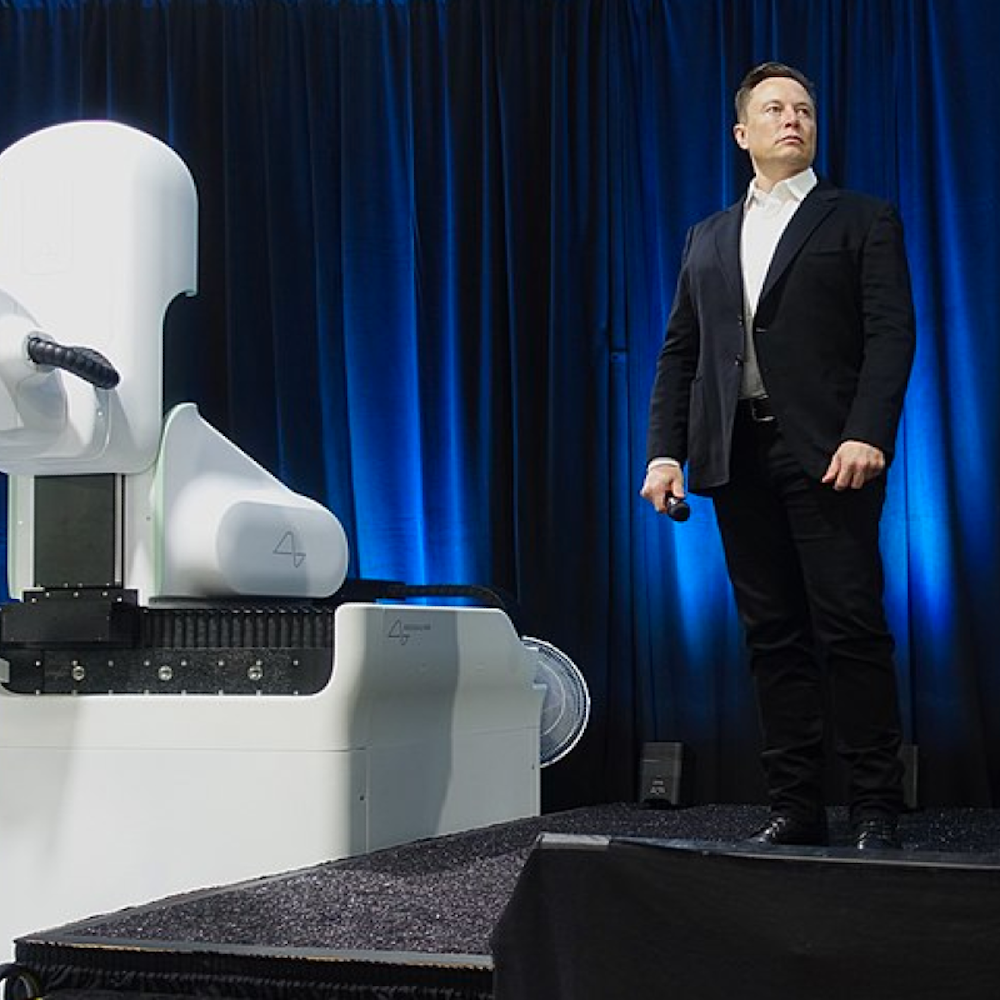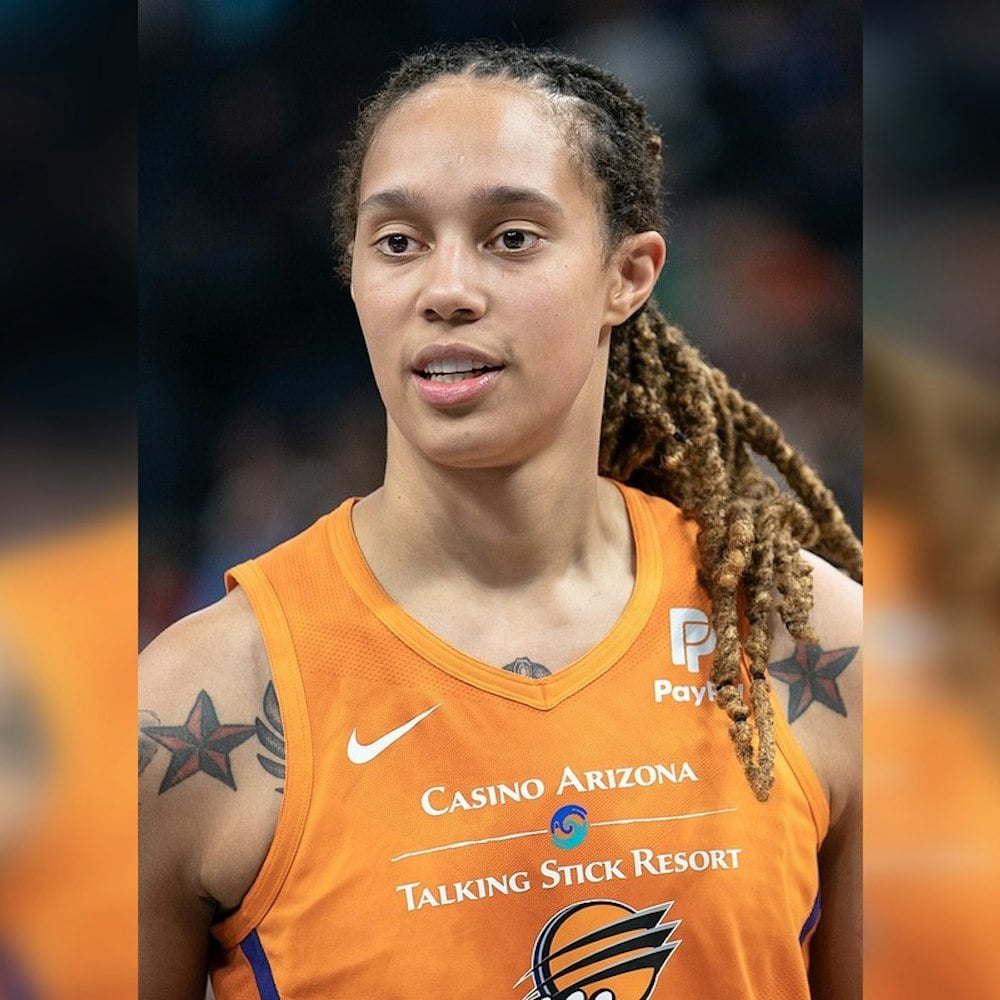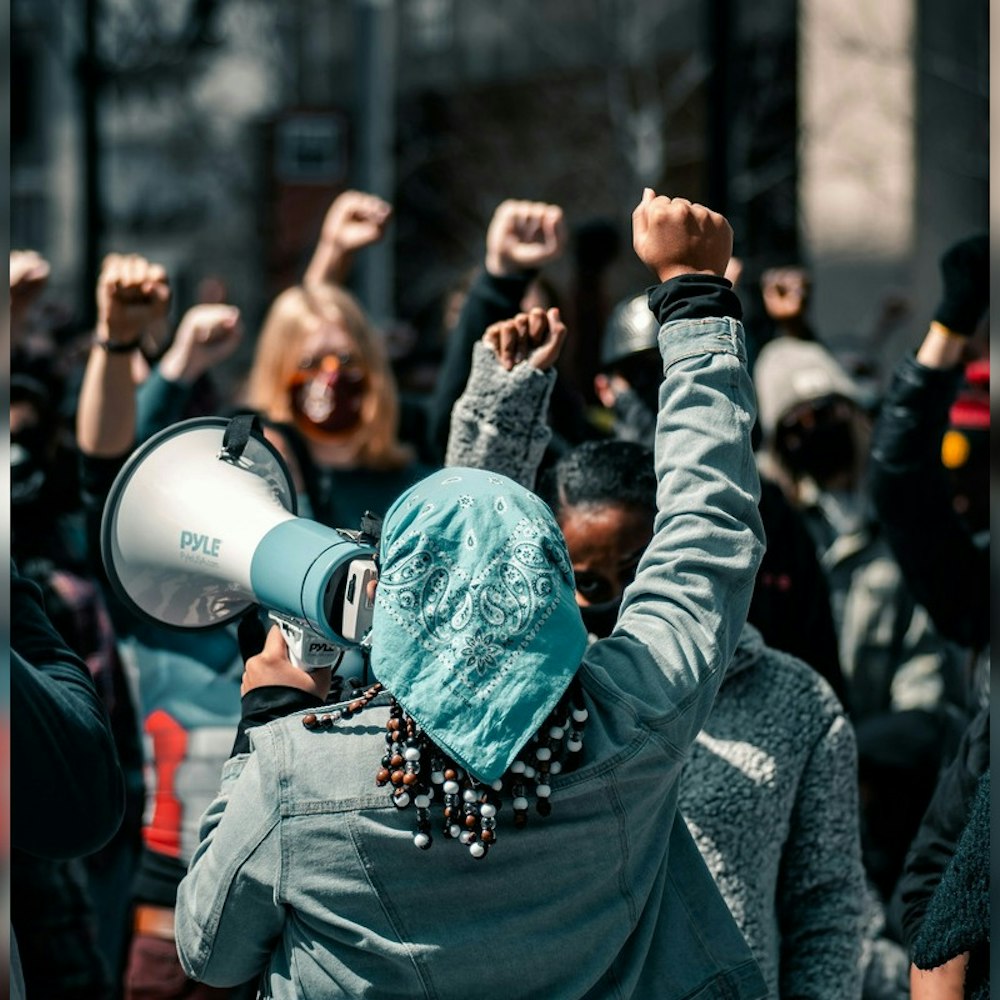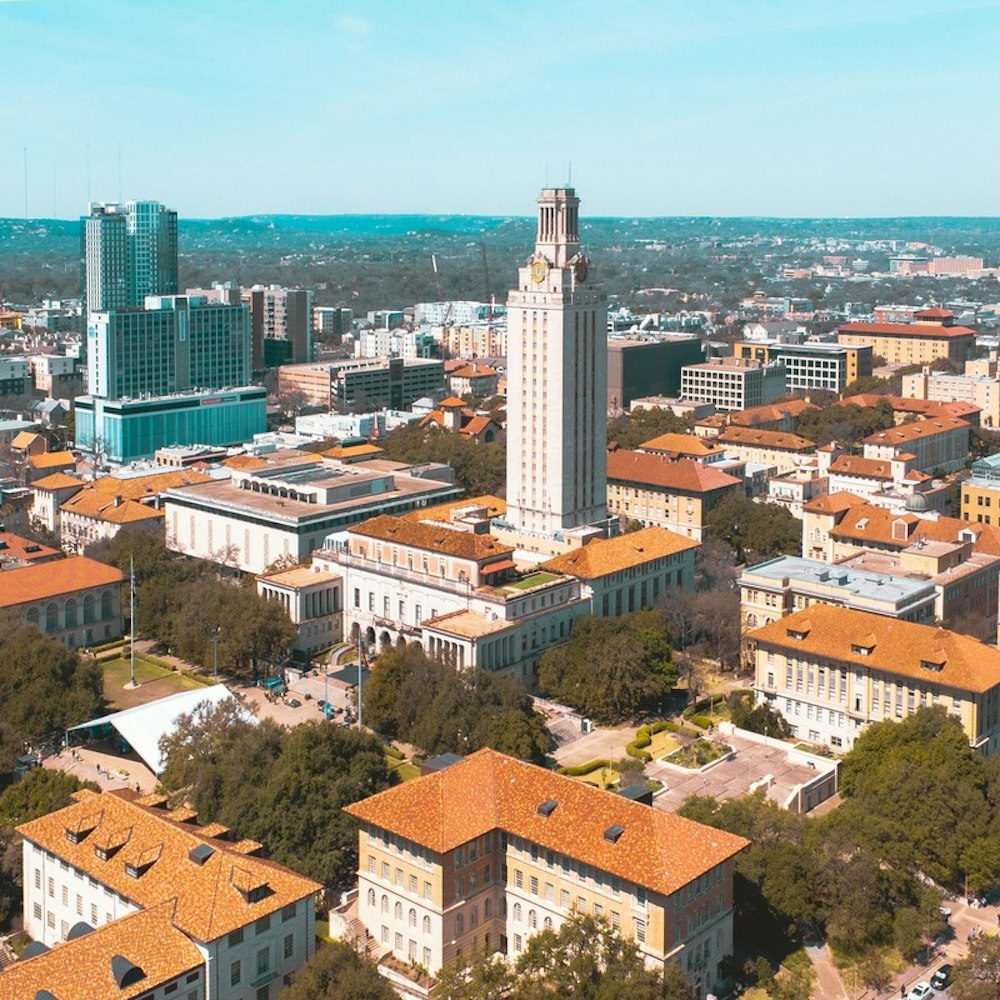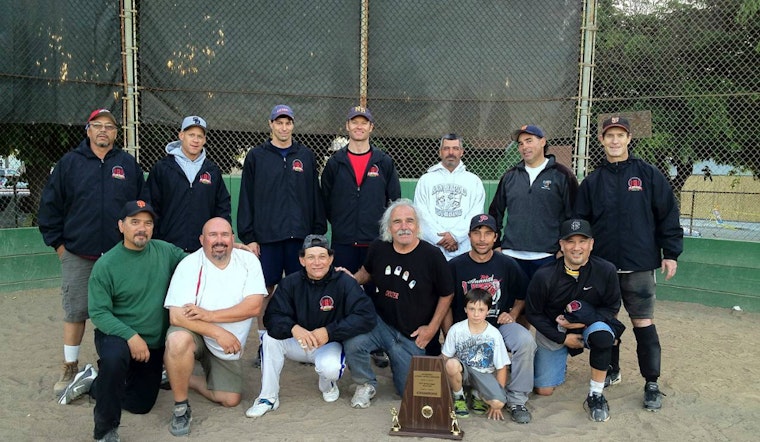
People who have lived in San Francisco for a few decades will tell you that the early 90s was in many ways a high-water mark, before the dot-com craze became the first wave of the modern era.

There are all sorts of possible reasons for the decline. Newer, more specialized city leagues have grown in popularity over recent decades. So have other recreational sports, like kickball. And so have other sports nationally, like football.




It's when city softball peaked, at least.
Back then, before the Giants had won even one ring for the city, a local league called SF Softball brought together thousands of people, from long-time San Franciscans to hippies, gays, punks and newly-arriving ethnic communities.
“Softball was huge in the late 80s and early 90s,” Chris Gaggero tells us. He started playing in the league back in 1991 and would go on to manage it for more than 20 years. “We had over 500 teams, 550 in 1993." He estimates that around 4,500 people were playing during this time.
Today, however, the league is “down to around 300 teams.”

Gaggero thinks it's a generational shift. “It was a Baby Boomer league,” he explains. “People got older, they moved away...it died down a lot.”
The League Changes
He’s seen it all, having joined SF Softball after graduating from USF with a degree in Sports Administration. Following a short stint working at city recreation centers, he took a position at Kezar running tournaments for the league. From there, he moved up to assistant league director, and in 1993 became its main director.
From that time up until 2009, SF Softball was operated by the city through the Recreation and Park Department, but budget constraints led to the league transitioning into a privately run entity, as it remains today. The league still operates out of an office in Kezar Stadium, but it’s down from several full-time employees to one: current league director Joann Dillon.
Teams, then as now, play on fields throughout the city: James P. Lang Field in the Western Addition (“Lang”), Moscone Fields in the Marina, Jackson Playground in Potrero Hill (“Jackson”), Silver Terrace Playground in Bayview-Hunters Point, and James Rolph Jr. Playground (“Rolph”) in the Mission. The league includes both co-ed teams, which require 5 men and 5 women on the field at all times, and “open” teams, which do not require a minimum number of women on the field. Games are played seven days a week, including nights on weekdays and throughout Saturdays and Sundays.

Gaggero tells us the city league has been around since the 50s, in a more loosely-organized hardball format. Through the 1960’s and 1970’s, though, most teams played fast pitch, and were predominantly fielded by men. However, as it became more challenging to find pitchers, slow-pitch softball emerged.
Women-only teams began popping up around this time and really took off in the 90’s. According to Gaggero, from the early to late 90s, at least 50 women’s teams competed in the SF Softball league. But those have gradually dissolved. Today there are no women-only teams playing in the SF Softball league, although many do compete in the Gay Softball League.
More Softball Options Appear
The GSL grew out of the gay bar scene in the early 70s, according to this article on Uncle Donald’s Castro Street site, as a welcoming alternative way for the community to play ball. It helped inspire other cities to start gay softball leagues, which eventually led to the North American Gay Amateur Athletic Alliance. Comprised of more than 800 teams in 45 or so cities around the US and Canada today, NAGAAA hosts a gay softball world series rotating through cities every year.
The San Francisco GSL league has stayed strong, as detailed in this great piece on Grantland from July. Every year, more than 1000 people on dozens of GSL teams across the city's main softball fields. (For more background, check out this great first-person history of the early GSL days from Hall of Fame ace Jerry Pritikin pictured below.)

A team from the league even went to the NAGAAA World Series in 2008.
But the GSL grew steadily over the decades even as SF Softball waxed then waned. Its goal has always been to attract people who might want to play softball otherwise. Aside from pulling in the occasional straight player (as the World Series team controversially did), it's ultimately helping overall interest and not a main factor in SF Softball's numerical decline.
What about the booze factor?
As a former city-administered league, a strict no-drinking rule is enforced. Other leagues, such as the Presidio Softball League (“PSL”), which plays at Ft. Scott Fields, allow drinking at games. Gaggero notes that the PSL has a lot more young players than SF Softball. While you can find references to the PSL going back more than a decade, the league has existed in its current incarnation since 2009. Today it has 64 teams, and around 640 players, according to team management site Sportsvite. Aside from being alcohol-friendly and based in the Presidio, the PSL is co-ed only, and requires 4 women and 6 men on the field rather than a 5-5 split – perhaps to make it a little easier to field a co-ed team.
It's possible that the PSL has pulled players away from SF Softball, but the numbers here don't add up to a full explanation for what Gaggero has seen. The generational change still seems most probable, especially when you zoom out to what's happening elsewhere.
The National Decline Of Leagues
The San Francisco Lawyers Softball League has been around for more than four decades, and has helped ease the inevitable tensions between district attorneys, public defenders and competing firms. But as long-time league commissioner Graham Maloney told the Wall Street Journal in an article this summer, it peaked in the mid-80s with 82 teams. Today, it’s down to 21, even though the number of lawyers in the city has grown by more than half. "We all think the current generation of younger lawyers who would have played softball grew up playing soccer and playing less baseball," Maloney told the Journal, adding that longer work hours are probably also contributing.
The article goes on to explore the trend of company teams around the country moving away from softball and into other sports. Although we don’t have good data on how this may have affected participation in SF Softball, presumably some companies in industries without leagues have moved on, too.

Case in point. At the time of this article’s publication, we have not found a tech-industry softball league. That said, some individual tech companies do field teams through SF Softball – LinkedIn has one on the schedule.
Another Wall Street Journal article from this year detailed the aging demographics of baseball viewers, noting the average age of World Series viewers was 54.4 in 2013, up from 49 in 2009. Kids make up a larger portion of the viewing audience for professional football, basketball, hockey, and even the English Premier League.
And kids today aren’t playing the game themselves, either. The Journal article also discusses lower participation rates in little league baseball – 2.1 million players in 2012 compared with 2.6 million in 1997.
Okay, but what what else are people doing on nights and weekends in San Francisco? Gaggero has some possible reasons for the lack of interest in softball expressed by the current cohort of able-bodied 20 and 30-somethings. "Well, I see these kickball teams… there’s the Internet, of course. There’s a lot more going on these days.” He pauses, thinking of other examples. “SantaCon.”

Maybe it's that the pace of the game doesn’t quite match the tempo that the younger generations are used to. It is “slow” pitch after all. In the time it takes the ball to be lobbed into the batter’s box, a good number of Tinder swipes can be completed.
All of these trends, it seems, do not bode well for SF Softball. But Gaggero remains somewhat optimistic, predicting that the league will stay level around 300 teams rather than continuing to decline. Dillon also tells us that youth baseball has been seeing a resurgence in the city, especially with the Giants success – so much so that Jackson in Potrero Hill has seen more competition for field playing time among the various leagues.
At this point, we will leave it to you to speculate about what's happening and about what should be done (if anything). But we’d also love to hear your stories about the game in San Francisco over the years, in the comments or by email to editor (at) hoodline (dot) com.
And on that note, Spring season is around the corner. It begins on March 1, 2015, with sign-ups starting the week of January 19th.
You can learn more about joining at SF Softball’s website at www.sfsoftball.com.
[All team photos via the SF Softball site. Check out the full gallery here.]




